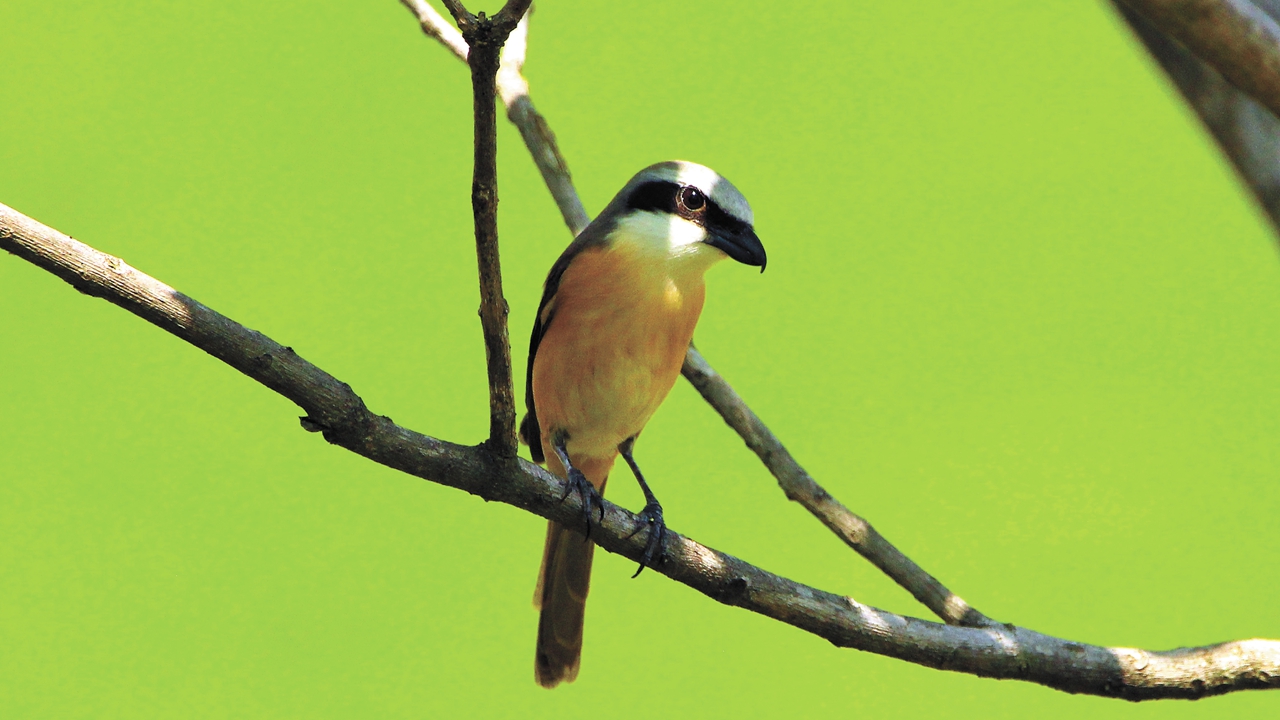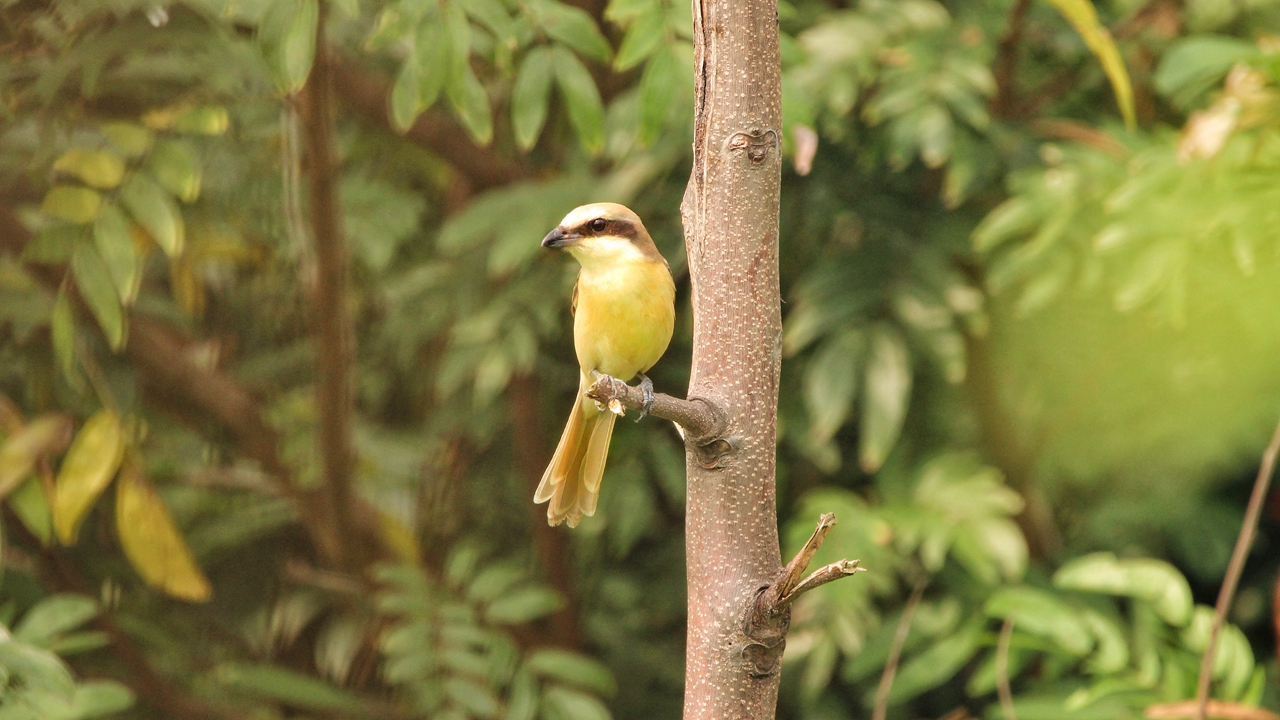The brown shrike
Writer: Isaac Cohen | Editor: Zhang Zeling | From: Original

A brown shrike is seen perched on a branch by Dasha River in Nanshan District. Photos by Isaac Cohen
The Brown Shrike
The brown shrike (Lanius cristatus) has found solace and is thriving in Shenzhen’s vibrant cityscape. This charming small passerine bird, measuring about 18 centimeters long, has subtle blended earth tone plumage, a predominantly brown upper body, and a pale belly. Its sleek, pointed beak is ideal for its insectivorous diet, while its beady eyes provide keen vision for hunting.
来了深圳,就是深圳鸟,今天要介绍的“深圳鸟”是红尾伯劳:这种可爱的雀形目鸟类身长约18厘米,羽色以斑驳的大地色为主,上身主要为棕色,腹部白色,喙光滑尖锐,有利于捕食昆虫,视力绝佳,不放过猎物的任何蛛丝马迹。
These delightful birds prefer a diverse range of habitats within Shenzhen, from urban parks and gardens to woodland edges. Their versatility in habitat selection has allowed them to establish a comfortable presence in urban and rural landscapes.
红尾伯劳可见于深圳的多种栖息地,包括城市公园、花园和林缘地带。因为适应性强,它们是城市和乡村生境中的常见鸟类。

A brown shrike standing on a branch in the middle of forest.
While some populations undertake long-distance migrations, the species found in Shenzhen is primarily sedentary, which, although in small numbers, remains in the region throughout the year. They choose to settle here for its favorable climate, abundant food sources, and suitable nesting sites within the city’s ecosystem.
部分地区的红尾伯劳个体会进行长距离迁徙,但栖息在深圳的少量个体则不事迁徙,终年停留在同一栖息地。它们之所以在此安居,是因为深圳气候温和,食物来源充足,且城市的生境能为它们提供适宜的筑巢地点。
The brown shrike’s diet consists mainly of insects, making them excellent pest controllers who contribute to a healthier environment for humans and other organisms. They prey upon grasshoppers, beetles, crickets, and other small invertebrates.
红尾伯劳主要以昆虫为食,能够有效地控制昆虫尤其是害虫的数量,防止它们的泛滥对公共卫生造成威胁。它们偏好蚂蚱、甲虫、蟋蟀等昆虫,也吃小型无脊椎动物。
Their breeding season is from April to July, with females usually laying a clutch of up to six eggs and both parents incubating, nurturing, and feeding their hatchlings until they fledge and become independent.
红尾伯劳的繁殖期是4月到7月,雌鸟每窝产卵可达6枚。卵产齐后即开始孵卵,基本上由雌鸟独立承担,雄鸟则主要警戒和觅食饲喂雏鸟,并在雏鸟出世后与雌鸟共同育雏,直至其羽翼丰满,能够独立生活。
Conservation
In order to preserve the brown shrike population in Shenzhen, it is crucial to continue protecting and enhancing the city’s green spaces. This includes managing the populations of predators like stray cats, which can pose a significant threat to ground-feeding and nesting birds. By doing so, Shenzhen can ensure that the brown shrike and other wildlife continue to thrive within the city, contributing to its rich ecological tapestry and providing residents and visitors with the opportunity to enjoy the natural world.
(This paragraph was generated by AI chatbot Kimi.)